Wood Pellet Boilers for Sale 2500kw
Biomass fuels used as energy sources, waste wood and bamboo wastes have their common characteristics as boiler fuels. They have a low calorific value (1700-3500Kcal / Kg), high volatile content (about 80%), and low ash content ( <2%), the water content changes greatly. It belongs to high-quality fuel that is flammable, flammable, hard to coke in the hearth, difficult to accumulate ash on the convection heating surface, and does not cause corrosion on the high and low temperature heating surface.

Consumption of biomass furnace per hour = 600,000 kcal * tonnage / fuel heating value / boiler combustion efficiency.
Take the problem of how much fuel is used for a 10-ton straw steam boiler for one hour. One ton is 600,000 kcal. Assuming that the fuel heat is 4000 kcal and the thermal efficiency of the boiler is 85%, a 10 ton wood pellet boiler needs fuel for one hour. The amount is 600,000 * 10/4000/85%, about 1800kg / h.
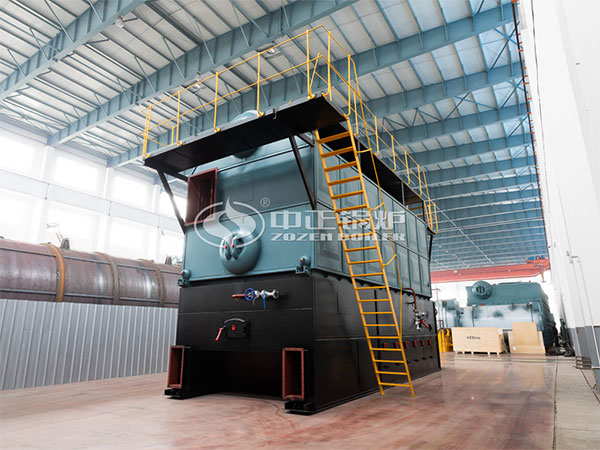
The biggest features of biomass boilers are: energy saving, environmental protection, and easy installation and use. The characteristics can be summarized into the following five:
1. Reciprocating grate
The boiler uses a reciprocating grate which is the most suitable combustion equipment for biomass fuel combustion. In terms of structural design, the boiler has a relatively large space in the hearth of a traditional boiler, and at the same time, a very reasonable secondary air is arranged, which is conducive to the combustion of a large number of volatiles that are instantaneously released during the combustion of biomass fuel, and the operation of a biomass pellet boiler is more secure and reliable.
2. Fuel supply
The fuel of the boiler is BMF fuel. The fuel is sent to the top bin by the feeder, and then sent to the hearth by the screw feeder, and is evenly scattered on the grate.
3. Combustion process
The fuel is fed into the furnace by the screw feeder, where it is gradually preheated due to the effects of high temperature flue gas and primary air, dried, fired, and burned. During this process, a large amount of volatiles is precipitated and the combustion is intense. The high-temperature flue gas generated after washing the main heating surface of the boiler enters the economizer and air preheater of the heating surface at the rear of the boiler, then enters the dust collector, and is finally discharged into the atmosphere through the chimney. The ungasified fuel moves towards the rear of the grate until it is burned out, and finally a small amount of ash residue falls into the slag removal port behind the grate.
4. Environmental protection emissions
The ash produced by BMF combustion accounts for about 1.5% of the fuel. In order to facilitate ash discharge, a spiral slag discharger is arranged at the rear of the boiler to achieve continuous ash cleaning. A dust collector is arranged at the tail flue of the boiler to ensure that the dust emission meets environmental protection requirements.
5. Significant efficiency
The efficiency of biomass boilers is generally above 80%, the boiler type is large, the combustion is more sufficient, and the boiler efficiency is higher, up to 88.3%, which is 15% higher than the average efficiency of coal-fired boilers.
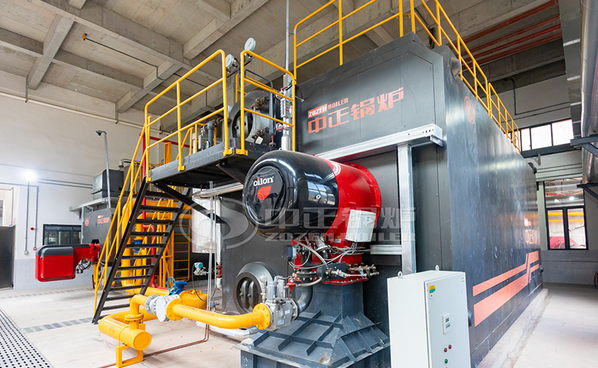

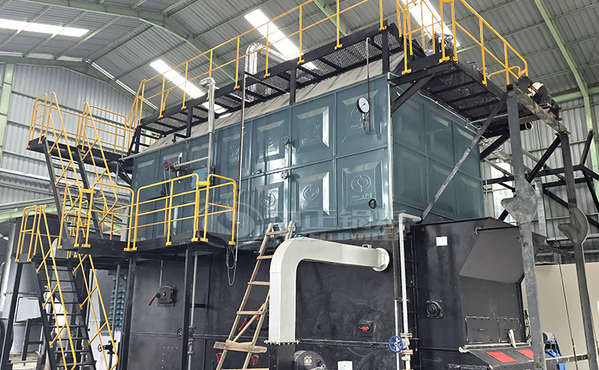
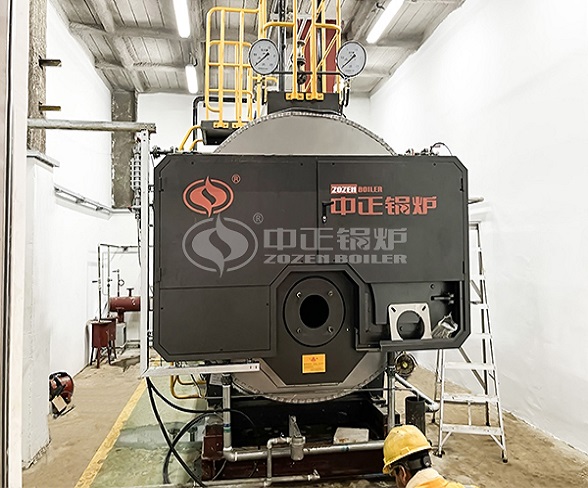
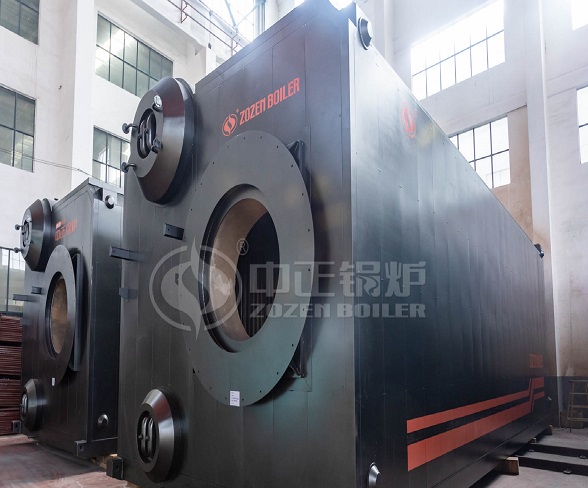


LEAVE A MESSAGE
For all inquiries, please fill in the form below (* are required) to send us a brief message, and we will get back to you as soon as possible.